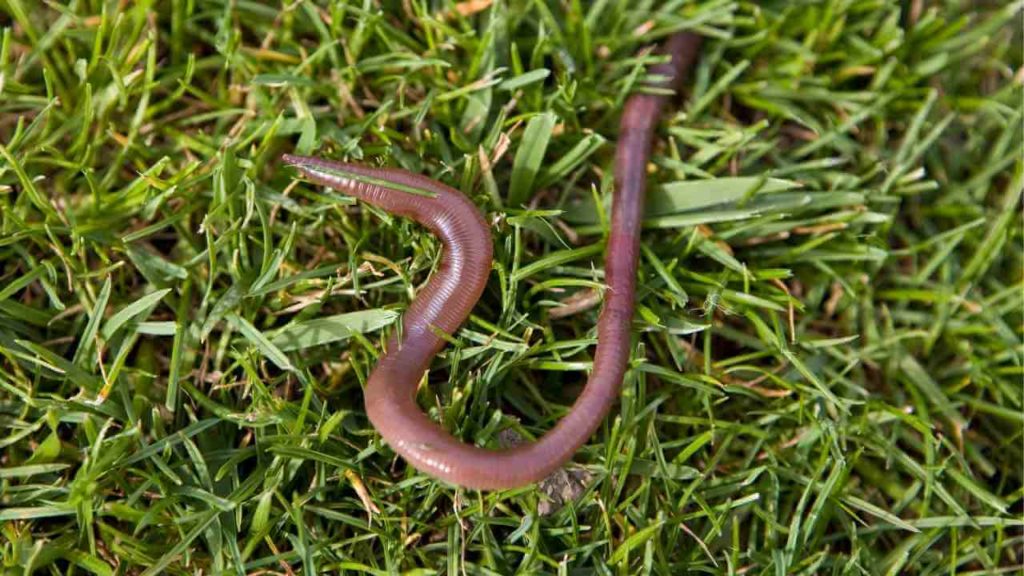Topic Content:
- Characteristics of Phylum Nematoda

Phylum Nematoda consists of nematodes or roundworms.
Characteristics of Phylum Nematoda:
Their characteristics are:
1. They are bilaterally symmetrical and triploblastic.
2. Their body is long, slender, cylindrical and encased in a cuticle, a flexible but tough exoskeleton, or external skeleton, which offers protection and support. The cuticle contains a carbohydrate-protein polymer called chitinChitin is the most abundant amino polysaccharide polymer occurring in nature, and is the building material that gives strength to the exoskeletons of crustaceans, insects, fish and the cell walls of... More. The body is pointed at both ends.
3. They exhibit tissue-level organization.
You are viewing an excerpt of this Topic. Subscribe Now to get Full Access to ALL this Subject's Topics and Quizzes for this Term!
Click on the button "Subscribe Now" below for Full Access!
Subscribe Now
Note: If you have Already Subscribed and you are seeing this message, it means you are logged out. Please Log In using the Login Button Below to Carry on Studying!



Responses